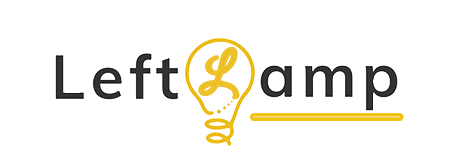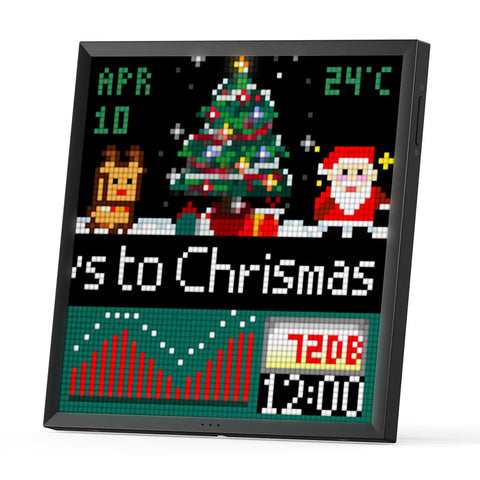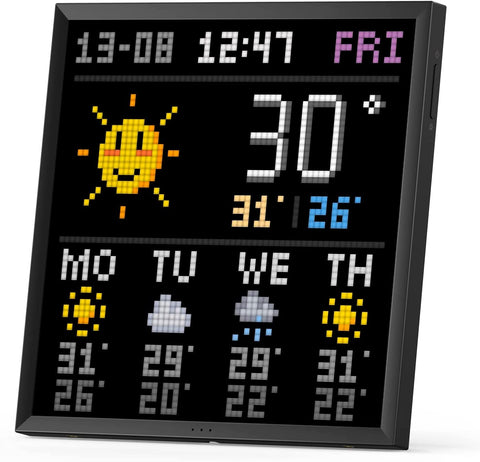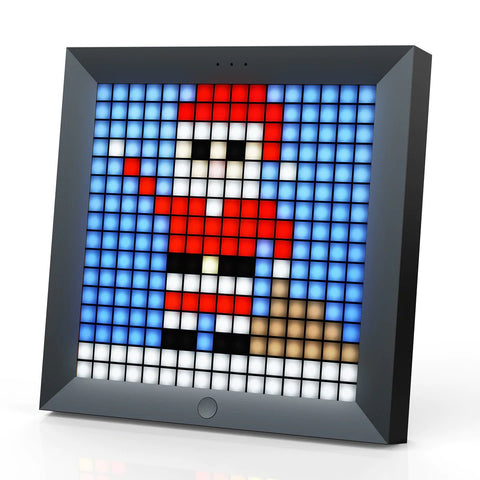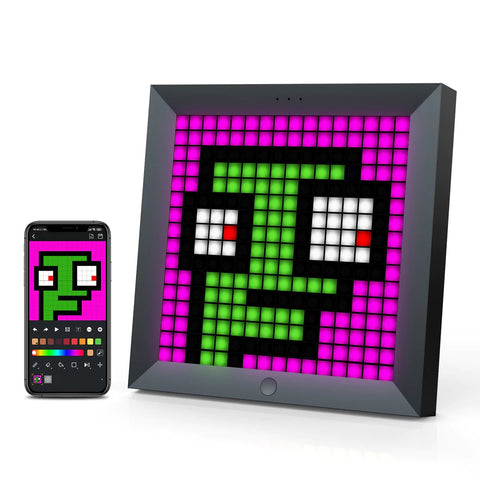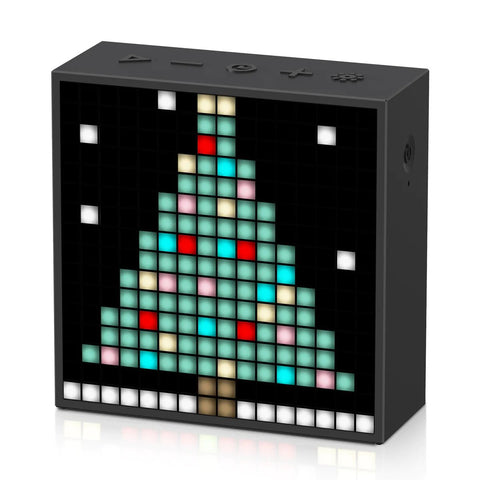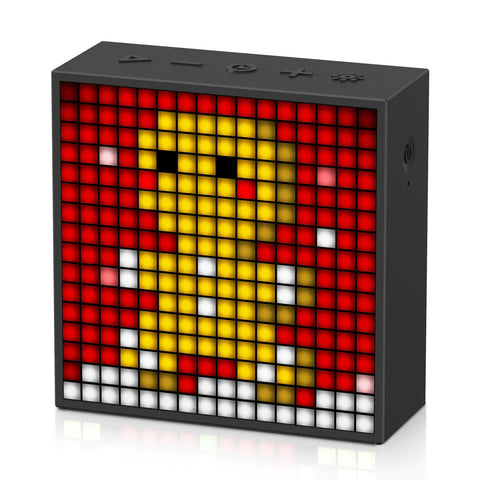Introduction
Firstly, let's talk about the ongoing remote work revolution. As COVID-19 has drastically shifted our working patterns worldwide, remote working or telecommuting has become the 'new normal.' But what about workspace optimization for this new normal? John Doe, a once traditionally office-bound software developer, has brilliantly adapted to this shift by revolutionizing his workspace using light-integrated gadgets. This case study will illustrate how tech-savvy professionals like John can enhance their productivity and wellness at work.
Understanding Light-Integrated Technology
Before delving into John's workspace transformation, it's crucial to understand what light-integrated technology is and how it influences our work environment. Light-integrated gadgets like smart lights, backlit keyboards or monitors, and even IoT enabled windows or curtains can provide regulated and automated control over a room's ambiance, mood, and functionalities.
John's Pre-transformation Workspace
Like many remote workers, John initially struggled with setting up a workspace at home that could rival his office cubicle's productivity and quiet. His major challenges were:
- Irregular light conditions
- Difficulty in focusing due to household distractions
- Fatigue and eye-strain from prolonged screen exposure
The Transformation
In response to these issues, John decided to upgrade his workspace using light-integrated gadgets. Here’s how he did it:
Smart Lights
For optimizing his room's light conditions, John replaced his regular bulbs with Philips Hue smart lights. They can reproduce various climates indoors (a feature called 'light recipes'). Additionally, these smart lights allowed him to automate brightness levels, reducing eye-strain significantly.
Backlit Keyboard
To cut down additional screen time and bring a touch of customization to his workspace, John invested in a backlit mechanical keyboard. It helped him work effectively in various light conditions, plus added a fun twist to his workspace aesthetic.
Mood Lighting
Fighting distractions at home can be tricky. So, John set up the 'Concentrate' light recipe using his smart bulb app whenever he needed immersive focus. He found out the pre-set, cool, bright light setting helped him concentrate better on his tasks at hand.
Regular light rhythm
Using smart light scenes, John made sure he's not overworking. He created various rhythm schedules, including a 'Wind Down' light scene about 30 minutes before his usual log-off time. It worked as a gentle reminder to wrap up work and set a boundary between his professional and personal time, an essential aspect often overlooked in remote work settings.
Conclusion
John’s case demonstrates how simple yet effective light-integrated solutions can drastically improve the remote work experience. They not only enhance productivity but also provide a holistic approach to well-being, with positive impacts on mood, alertness, and work-life balance.
Remote workers can definitely fetch some inspiration from John’s case to transform their workspaces. Exploring light-integrated gadgets and smart solutions may be just the right element needed to get the most out of your working-from-home experience.
